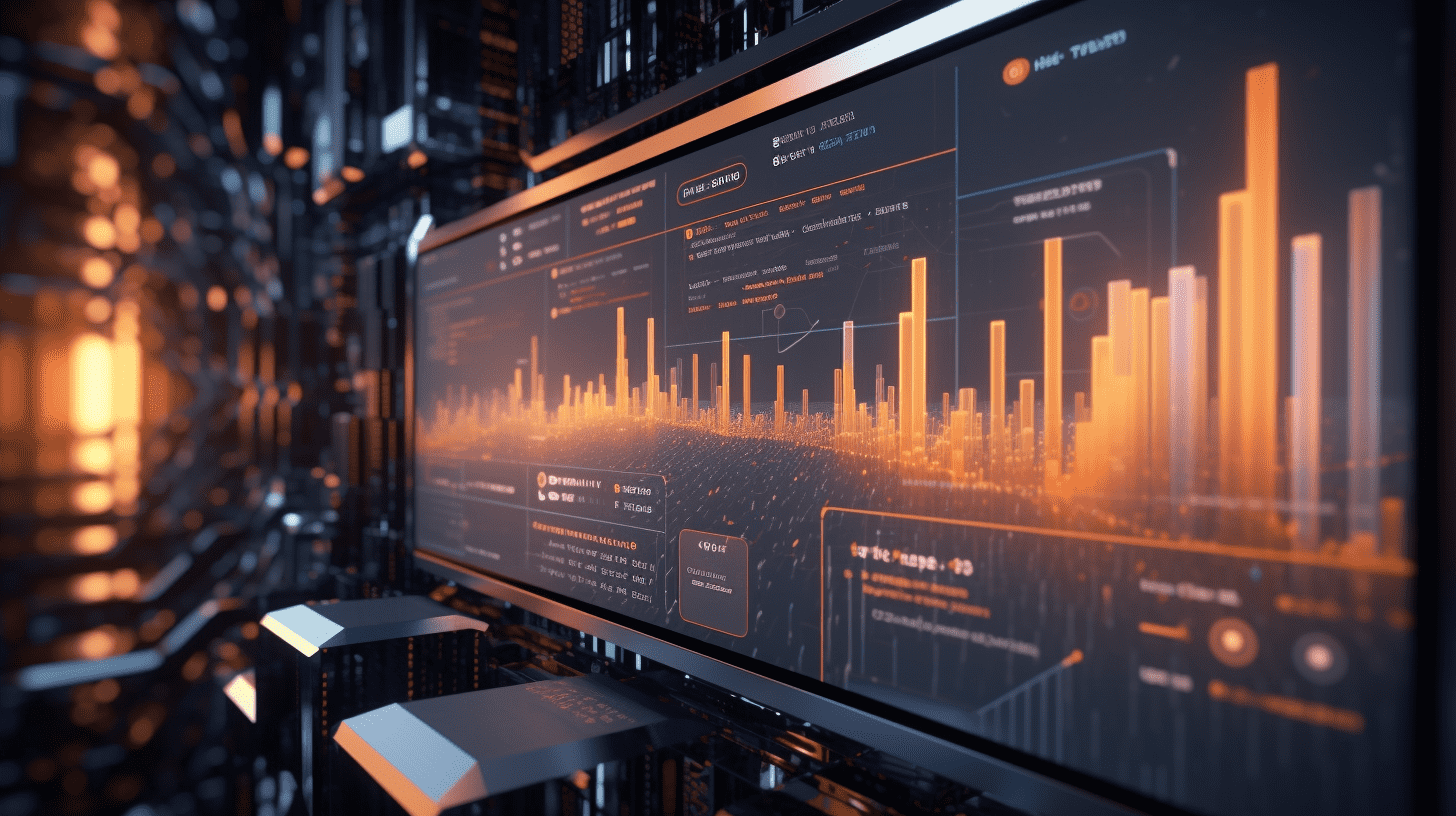IDC: Top 10 Insights into the Chinese AR/VR Market by 2025
IDC summarizes and provides ten insights into China's AR/VR market in 2025.
IDC documents that in 2024, the AR/VR industry in China faced many difficulties and challenges in a rapidly changing market and economic environment. IDC predicts that in 2025, driven by innovations in software and hardware technology, AI enhancements, and the entry of terminal manufacturers, the overall AR/VR market will reach a turning point. Therefore, IDC has summarized and provided the top ten insights for the Chinese AR/VR industry in 2025.
Specifically:
Insight one: The Chinese AR/VR market will see a resurgence in 2025, with shipments expected to increase by 114.7%.
In 2024, the Chinese AR/VR market is estimated to ship 535,000 units for the full year, a year-on-year decrease of 26.3%. Despite uncertainties such as macroeconomic fluctuations and consumer purchasing power, IDC predicts that in 2025, the Chinese AR/VR market will see the long-awaited resurgence, with shipments expected to increase by 114.7% compared to 2024, driven by product technological innovation, AI enhancements, and the entry of new manufacturers.
Insight two: New forms of AI-enhanced AR glasses inject new vitality and growth points into the industry
With the diverse integration of AI technology, the market for intelligent audio glasses with AI functions is rapidly growing. These glasses, which lack visual display functions compared to AR products, have gained higher popularity due to their convenient form and lower entry threshold. In the long run, to make breakthroughs in hardware development and functional innovation, some AI-powered audio glasses will have to incorporate display modules to form a lightweight AI+AR product form. This will inject new vitality and growth points into the entire industry, greatly driving the growth of the AR glasses market. IDC predicts that the Chinese AR market will grow by 143.9% in 2025 compared to 2024.
Insight three: Manufacturers accelerate the launch of integrated devices, with self-developed chips becoming an important strategy for differentiated development
With continuous technological innovations, traditional AR/VR manufacturers with a solid foundation will continue to deepen their investments in their professional fields to consolidate their positions in a competitive and accelerated market. Various manufacturers will accelerate their research and optimization progress. AR manufacturers will successively launch integrated AR products, while VR manufacturers will iteratively transition to integrated MR products on a large scale. It is expected that shipments of integrated AR/VR products will grow by 93.9% in 2025. To achieve more efficient data transmission and provide more targeted product optimization solutions, self-developed chips will become an important strategy for AR/VR manufacturers to further achieve differentiated development, helping manufacturers highlight their advantages in a fiercely competitive market.
Insight four: Breakthroughs in AI and interactive perceptual technology drive further integration of AR and VR interaction methods, while promoting collaborative linkage with other devices
Under the support of sensor hardware accuracy upgrades and AI-powered algorithms, key technologies such as spatial positioning, gesture recognition, eye-tracking, and auditory interactions will undergo significant upgrades in sensitivity, real-time transmission, and immediate feedback. These technologies will not only promote the development and application of spatial computing but also push AR and VR interaction methods closer, leading the XR industry towards convergence and unity. At the same time, the upgrade of interactive perception will strengthen the data commonality between AR/VR and other interactive connected devices, further promoting the construction of an ecosystem of intelligent interactive products.
Insight five: More terminal manufacturers with mature product ecosystems enter the market, attracting new consumers
With the foundation laid by AI smart glasses, more major terminal manufacturers will accelerate their entry into the AR/VR market, reshaping the competitive landscape of manufacturers. These manufacturers with mature product ecosystem layouts have more advantages in terms of data interoperability, product linkage, and user habit cultivation. Through high user stickiness, they can effectively convert purchasing power and attract new users who have not purchased AR/VR products before, injecting new vitality into the industry.
Insight six: The price range distribution of AR/VR product lines becomes more even, driving market coverage for users
With the segmentation of market demand, manufacturers' strategic transformations, and the gradual improvement of the industry chain, AR/VR product lines are becoming more diverse, with a more evenly distributed price range. VR manufacturers are transitioning in the short term from loss-making quantity to implementing pricing strategies higher than costs, and in the long term, after the maturity of the supply chain and cost reduction, they will release products with higher cost-effectiveness. The AR market is developing in a price range-diversified manner, with high-end markets driving growth through integrated AR glasses, while AI+display screen glasses, due to their cost advantages, effectively fill the market gap for lower-priced products compared to dedicated AR glasses, collectively driving user market coverage.
Insight seven: Integration of B-end software and hardware for AR/VR products
With the development of mixed reality technology, AR/VR products will play an irreplaceable role in commercial areas due to their unique interactive advantages. Under the digital drive, the diversification of commercial scenarios places higher demands on the hardware performance, software support, and hardware-software integration of AR/VR products. Particularly in technology-intensive industries like healthcare and high-end manufacturing, hardware-software integration will become a key factor in meeting the requirements of performance compatibility, operational efficiency, and data transmission simultaneously.
Insight eight: From "quantity" to "quality," large-scale projects will spawn more content play and interactive ways
Driven by policy support, technological progress, and the successful establishment of new business models, offline large-scale projects experienced a period of intensive landing in 2024. Despite the rapid expansion of project numbers, factors like cost and resource constraints have led to relatively homogenized content. In response to this challenge, the future market will focus on sub-segments, innovating in terms of content IP and experiential forms to create differentiation advantages. Content will expand from mainstream cultural tourism to various fields such as film and television, gaming, and performing arts; meanwhile, the form will shift from immersive VR to a combination of virtual and real MR, AR, and other technologies, providing users with more diverse and personalized experiences.
Insight nine: The price range distribution of tablet computer market will show a trend towards diversified development, and more Metaverse games and entertainment scenarios oriented towards emotional and social values will be implemented
In the contemporary environment of "self-pleasure" cultural ideology, modern young people are more willing to pay for emotional value and social experiences. With its unique virtual imaging and real superimposition properties, AR/VR technology allows users to break through dimensional barriers, experience realms difficult to reach in reality, and provide users with richer and more personalized experiences.Unique emotional values such as sense of touch and companionship. Therefore, in the future, there will be more games and entertainment scenes centered around corresponding experiences. This includes VR escape rooms, VR board games, world exploration games with multiplayer interaction experiences, as well as metaverse meetings/concerts for emotional experiences, dating simulation games, and mental healing games.Insight Ten: AR+ lightweight computing terminals drive a new mode of mobile virtual big screen office
In the digital age, the mobile office scene is gradually becoming the new normal. While independent AR can meet basic office needs, it is still insufficient for office workers with complex tasks and high terminal performance requirements. Lightweight computing terminals (such as mini PCs, PCs without display screens) combined with AR's virtual big screen can effectively compensate for this shortcoming, while meeting the triple needs of performance, portability, and field of view for mobile office workers. This brings users a more innovative, flexible, and comfortable office experience.
Related Articles

A major change is brewing? The US Treasury will "merge" with the Federal Reserve, and Ben Bernanke is the real "shadow Federal Reserve Chairman"

Super Central Bank Week is Coming! Japan Leading the Way to Raise Interest Rates, Developed Countries Central Banks Cutting Interest Rate Cycle Coming to an End, Will the Federal Reserve Lower Interest Rates Alone Next Year?

China Securities Co., Ltd.: Investment Outlook for the Vaccine Industry in 2026
A major change is brewing? The US Treasury will "merge" with the Federal Reserve, and Ben Bernanke is the real "shadow Federal Reserve Chairman"

Super Central Bank Week is Coming! Japan Leading the Way to Raise Interest Rates, Developed Countries Central Banks Cutting Interest Rate Cycle Coming to an End, Will the Federal Reserve Lower Interest Rates Alone Next Year?

China Securities Co., Ltd.: Investment Outlook for the Vaccine Industry in 2026

RECOMMEND

Valued At $10 Trillion, The Largest IPO In History Is Coming As SpaceX Announces Listing Plan
12/12/2025

Five Imperatives And Eight Tasks: Central Meeting Specifies Next Year’s Economic Work, Highlights Identified
12/12/2025

Over 100 New Listings In Hong Kong This Year As Total Fundraising Tops HKD 270 Billion, Eighteen “A+H” Dual Listings
12/12/2025


